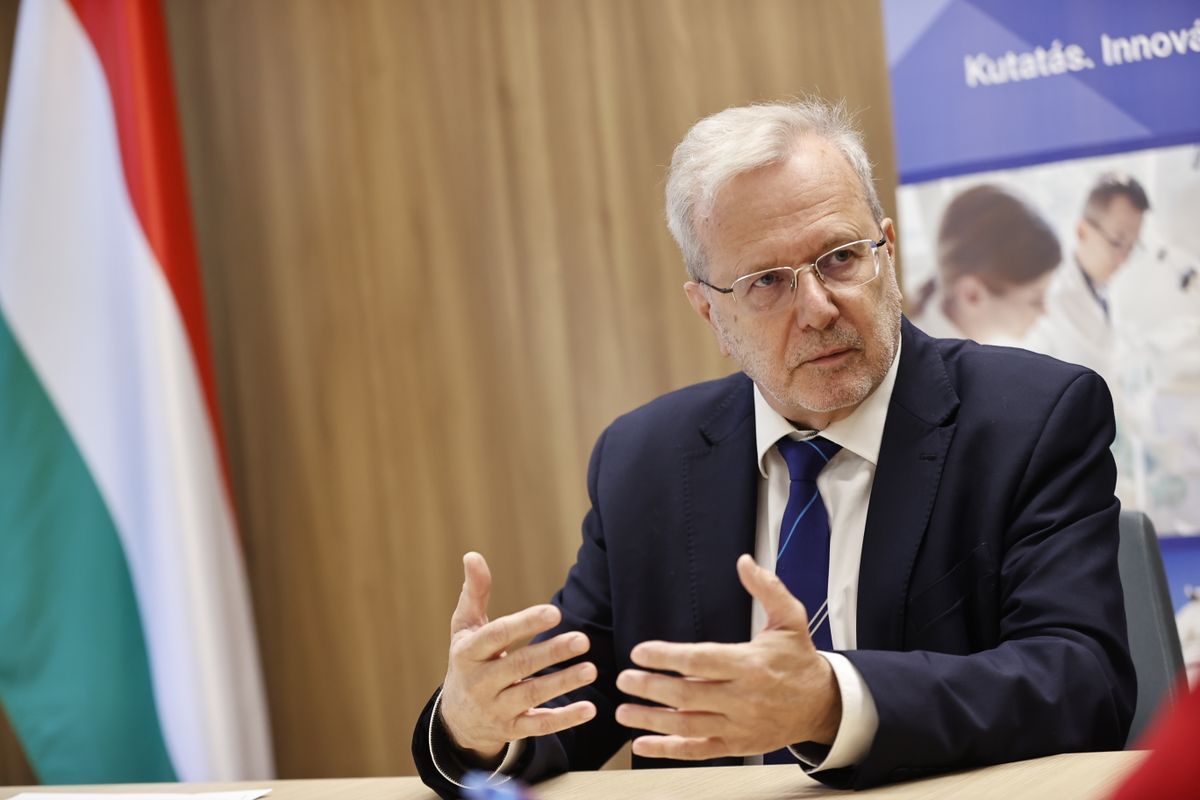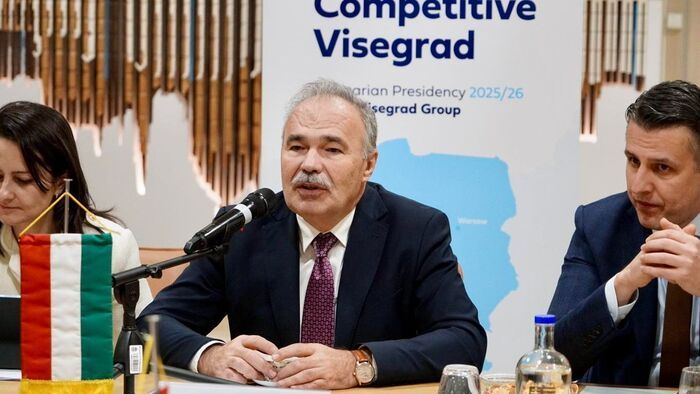At the international level, what partnerships is HUN-REN currently involved in, and what new endeavors are in the works for the near future?
– We want to build strong partnerships with the world’s best universities and research institutes – with those we can learn from, and who are clearly ahead of us in many fields. This is both a challenge and an opportunity, since we also have something to offer them: our excellent, highly trained Hungarian researchers and their work. We are primarily targeting institutions in the global top tier – such as the leading universities of Singapore and Hong Kong, MIT, Oxford, Harvard, Stanford, and the University of Cambridge.

Is it a deliberate choice to focus on cooperation with institutions outside Europe?
– We see that, in the global arena, these institutions are at the fore, and it is especially important for us to be in direct contact with them. This does not mean we do not work with European research institutions, but rather that we look everywhere for opportunities to learn and develop.
Can HUN-REN be considered a kind of link between European and non-European institutions?
– Absolutely, that is what we want to achieve. The world of science today is a borderless space, and we must work with those with whom we can achieve significant results together. HUN-REN clearly represents openness towards the entire world and all actors in science.
How can you make a career in research attractive to young Hungarians, and prevent researchers from leaving the country to work abroad?
– We encourage young researchers to go abroad and gather knowledge, experience, values and work ethics from the best places in the world. I see that those who return to Hungary come back with a completely different mindset and approach than those who never had the opportunity to gain experience abroad. The goal is for them to apply their acquired knowledge and networks here at home, and it is our task to create an environment worth returning to.

HUN-REN has just launched a three-year salary development program. Why was this necessary, and what are the next steps?























Szóljon hozzá!
Jelenleg csak a hozzászólások egy kis részét látja. Hozzászóláshoz és a további kommentek megtekintéséhez lépjen be, vagy regisztráljon!